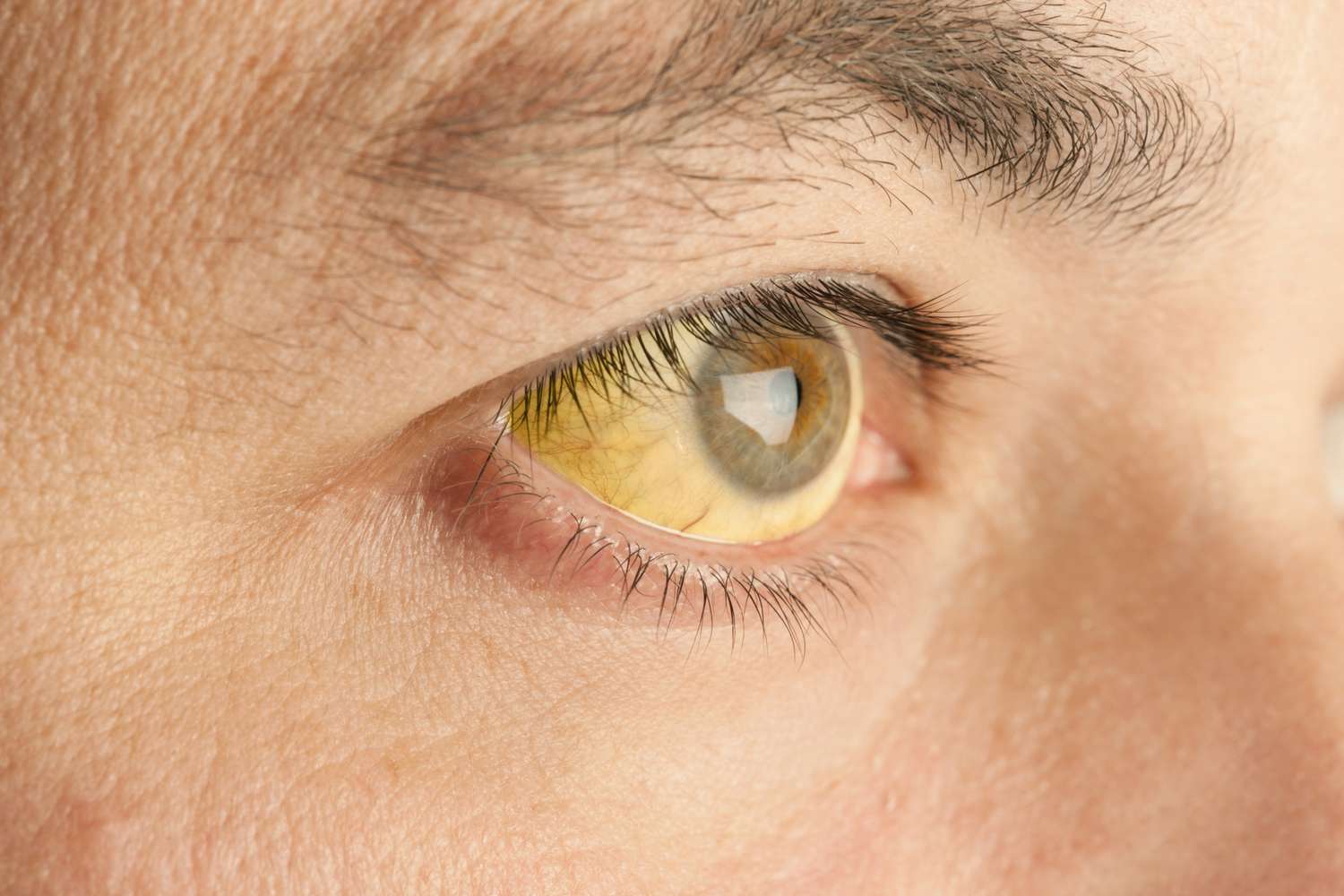Jaundice, often called “Icterus”, is the yellow discolouration of the skin and mucous membranes which is due to the increase in ‘bilirubin’ in the body. So, let us try to understand how bilirubin is formed and what role it plays in our body and what goes wrong to give rise to jaundice.
Just a few months back, we had discussed Anaemia. To recapitulate, the red blood cells are destroyed after a lifespan of about 120 days. The hemoglobin so released in the reticuloendothelial system is degraded to globin, iron and porphyrin. The porphyrin is converted to biliverdin, a green-coloured pigment, most of which is converted to bilirubin which is yellowish coloured. Both bilirubin and biliverdin are bile pigments.
The reticuloendothelial system then releases the bilirubin into the blood where it is transported by albumin, which is a plasma protein. In this state, it is known as unconjugated bilirubin. It is....

